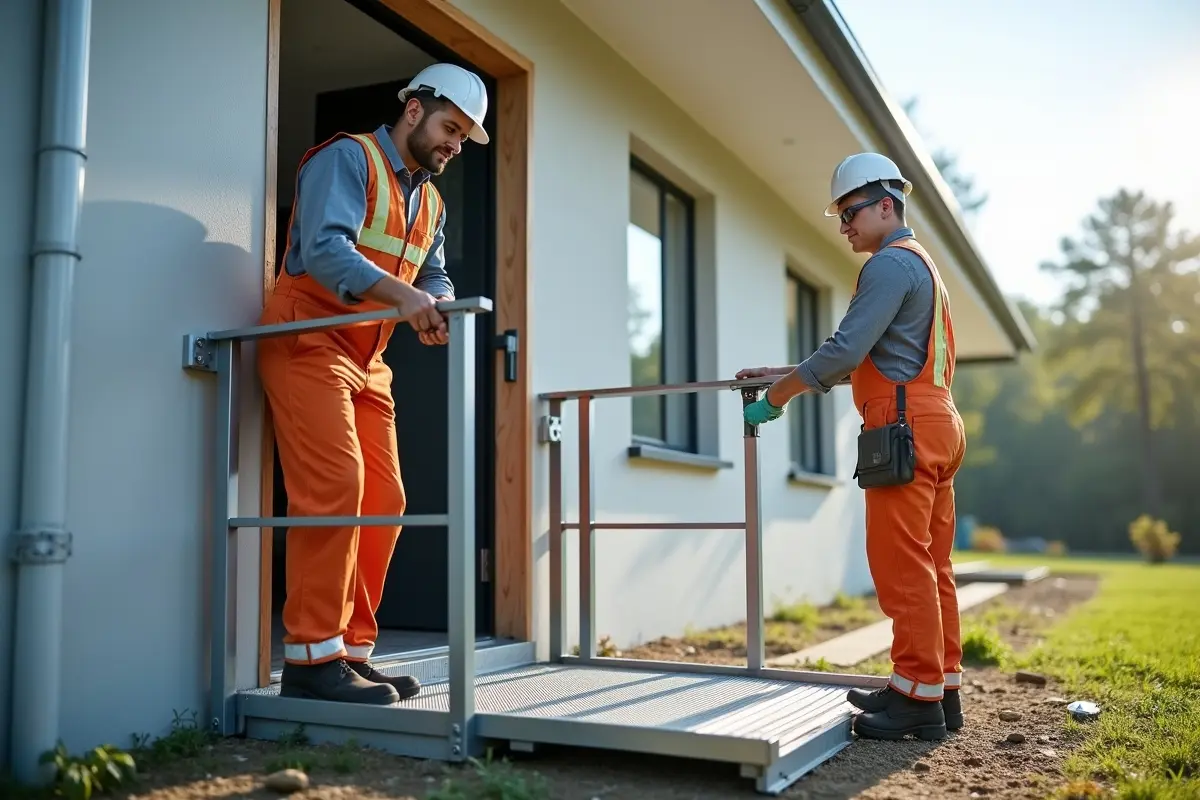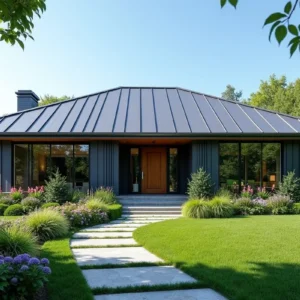Most people think of platform lifts as purely functional—something that gets installed to meet accessibility requirements and not much else. That’s missing the bigger picture. The truth is, cabin platform lifts have become one of those rare building features that tick multiple boxes at once, and property owners are starting to catch on.
The market’s shifting. Buildings that felt perfectly adequate five years ago now struggle to compete with newer developments that offer better vertical access. It’s not just about compliance anymore. It’s about creating spaces that actually work for everyone who uses them, and that difference shows up in occupancy rates, rental values, and eventual sale prices.
Contents
The Property Value Question
Here’s what most developers don’t realize until they run the numbers: buildings with quality lift installations consistently command higher valuations. The increase isn’t trivial either. Properties with well-integrated vertical access solutions can see value bumps of 10-15% compared to similar buildings without them, and in competitive markets, that gap widens.
This happens for a few reasons. First, the potential buyer pool expands dramatically. Families with elderly relatives, businesses that want to avoid future modification costs, investors looking at long-term rental potential—they all factor vertical access into their decisions. A building that already has this sorted becomes significantly more attractive than one where it would need to be retrofitted later.
Second, the rental and resale markets have fundamentally changed. What used to be considered a premium feature is increasingly expected, particularly in urban areas where multi-story buildings dominate. Tenants pay more for convenience, and lift access falls squarely into that category.
Making Every Floor Actually Usable
The practical advantages extend well beyond moving people with mobility challenges. Anyone who’s tried to shift office equipment between floors, deliver furniture to an upper-level flat, or cart groceries up three flights of stairs knows the hassle. Modern cabin platform lifts eliminate that friction entirely, transforming how buildings function on a daily basis.
Commercial properties see this benefit most clearly. A retail space with upper floors suddenly becomes viable for storage, offices, or additional retail areas when there’s proper vertical access. Restaurants can use multiple levels without staff constantly hauling supplies up stairwells. Office buildings become more flexible in how they allocate space across floors.
Even in residential settings, the difference is substantial. Upper floors become genuinely usable for guests, aging family members who might visit, or future needs as residents get older themselves. The building adapts rather than forcing people to adapt to the building.
The Future-Proofing Advantage
Building regulations keep tightening. Demographics keep shifting toward an older population. What passes muster today might not cut it in five or ten years. Installing quality vertical access now means avoiding expensive retrofits later, and anyone who’s priced out adding a lift to an existing building knows those costs can be eye-watering.
The structural requirements for retrofitting often involve significant reinforcement work, new electrical installations, and substantial disruption to existing occupants. Planning ahead avoids all of that. It’s the difference between incorporating something into the initial build where it makes sense structurally and financially, versus forcing it into a completed building where it never quite fits properly.
There’s also the regulatory angle. Part M requirements and accessibility standards evolve over time, generally in one direction—more stringent. Buildings that already exceed current minimums have breathing room as regulations change. Those that barely scrape by now will likely need upgrades sooner rather than later.
The Tenant Attraction Factor
Property managers dealing with multi-story buildings have noticed something interesting. Units on upper floors with lift access don’t just rent faster—they rent for more money and attract better-quality tenants who stay longer. The combination of factors creates a virtuous cycle that significantly improves a property’s performance.
The demographic most affected by this spans wider than expected. Young families with pushchairs, professionals who travel frequently with luggage, anyone dealing with temporary injuries or recovering from surgery—vertical access matters to all of them. Buildings that offer it simply function better for a broader range of people.
Commercial tenants increasingly factor this into their location decisions as well. Businesses want premises that work for all their staff and customers without barriers. An office with proper lift access signals inclusivity and forward thinking, qualities that matter more to modern businesses than they did a generation ago.
Operational Efficiency That Actually Shows Up
The day-to-day operational benefits might seem minor individually, but they compound. Maintenance crews move equipment more easily. Deliveries happen faster with fewer complaints. Building managers spend less time dealing with access-related issues and more time on tasks that actually add value.
For commercial buildings, this translates to lower operational friction and higher productivity. Staff spend less time navigating between floors, moving stock becomes straightforward, and the building simply functions more smoothly. Those small time savings across multiple daily trips add up to real efficiency gains over months and years.
In residential settings, the quality-of-life improvements are equally tangible. Residents actually use all their space rather than avoiding upper floors. Moving house becomes less daunting. Aging in place becomes possible rather than forcing a move to ground-floor accommodation or a different property entirely.
The Market Position Advantage
Buildings compete with each other, particularly in areas with multiple similar developments. The ones that offer better functionality and convenience win that competition. It’s straightforward market dynamics, but the implications for property values are substantial.
A building with quality vertical access occupies a different position in the market than one without. It appeals to a wider demographic, commands higher prices, experiences lower vacancy rates, and maintains value more effectively over time. These aren’t minor considerations—they’re fundamental to long-term property performance.
The investment in proper lift installation pays dividends across the entire ownership period. Initial costs get recouped through higher rental income, better tenant retention, and ultimately stronger sale prices when the property changes hands. Buildings that skimp on accessibility features to save money upfront often pay for it many times over through reduced competitiveness in the market.
Creating Buildings That Last
Quality matters here more than in many building features. A well-installed cabin platform lift should provide decades of reliable service with reasonable maintenance. Cheap alternatives or poor installation create ongoing headaches and eventually require replacement, which defeats the entire value proposition.
The best installations integrate seamlessly with a building’s design and operation. They don’t feel like an afterthought or compromise. They’re simply part of how the building works, available when needed without fuss or drama. Getting that right means thinking things through properly from the start and using equipment that’s actually built to last. When it’s done well, the building just works better—and that shows up in its value year after year.
The reality is that buildings today have to do more than they used to. More people need to use them in different ways, and properties that can’t adapt get left behind. Cabin platform lifts solve that problem without making it complicated. Everyone who uses the building benefits, and owners see the return on their investment through better performance and higher values. It’s probably why so many new developments now include them as standard rather than treating them as an optional extra.





